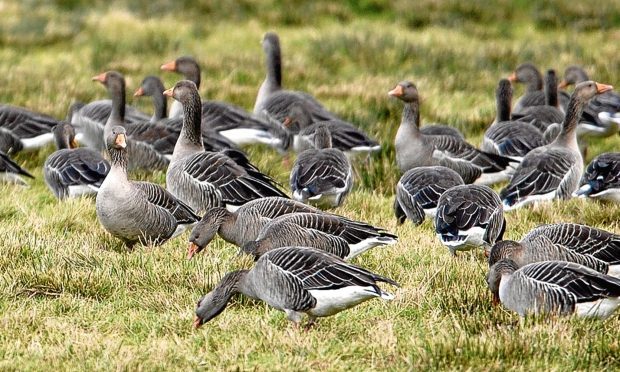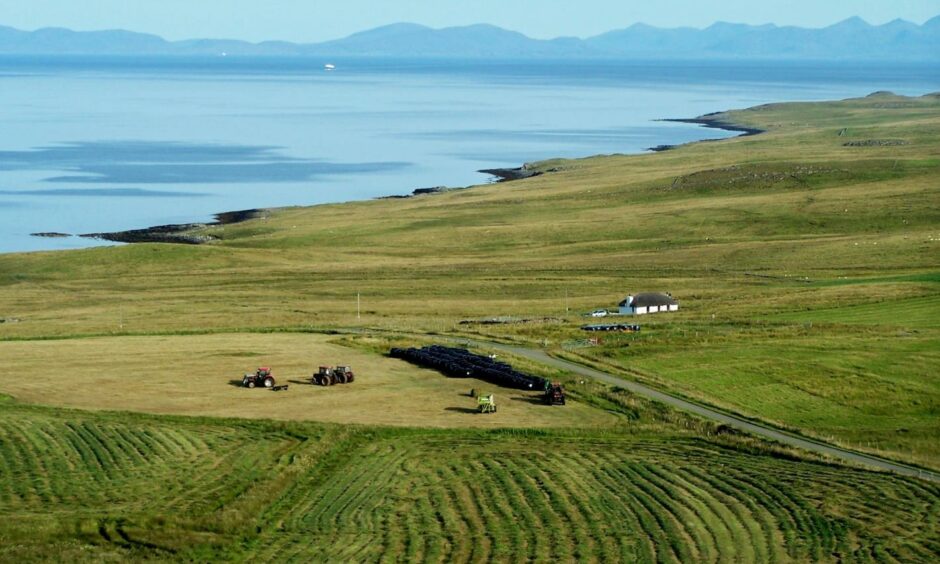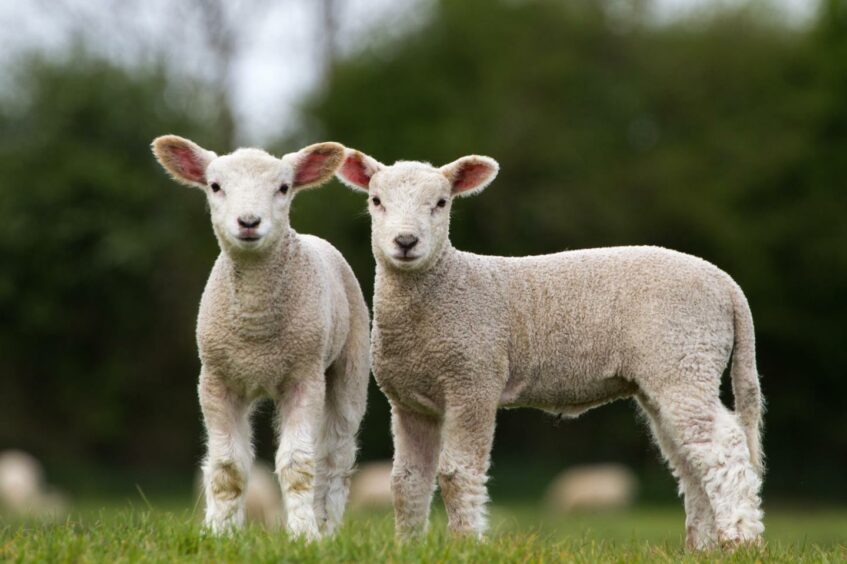It does seem ungrateful doesn’t it?
The Scottish Crofting Federation (SCF) went to the Scottish Minister for Environment and Land Reform, Mairi McAllan, raising the issue of the damage wild geese are causing to the environment on the Hebridean crofting islands.
We have already made quite a lot of noise about this so I won’t repeat it all, but the point is that goose numbers are exploding and NatureScot removed all funding for control of the goose populations.
The response we got was gratifying, with the Minister announcing: “I understand how serious the impacts can be for crofting communities, and for the unique machair habitat and biodiversity that their traditional form of agriculture supports.
“That’s why we are contributing up to £50,000 towards resident greylag goose control on these islands over the next two years to mitigate the impact on agriculture and support unique and important habitats.”
So why are we ungrateful?
It is worth looking at the figures behind the headline.
In fact only £6,000 per year is being budgeted for Lewis & Harris, Uist and Coll & Tiree.
As a Uist crofter said to me – “£6,000 to be spent in Uist for this and next year for shooting will barely keep pace with expanding numbers as we have seen from the most recent counts.
“We and, I dare say, all the areas need confidence that realistic funding will be available every year rather than the budget reducing and stopping again.”
He has a point; the budget used to be £40,000 per year and was reduced to zero, allowing the rapid increase in the goose population to present numbers, which cannot be sustained.
Meanwhile, it’s good news that the Crofting Commission will be getting additional staff and so will be able to put more into their regulation and land use team.
We have been very critical of the lack of Commission intervention in ensuring that the basic duties of a crofter – to be living on or close to the croft and to be crofting it – are complied with.
Crofts being neglected or completely abandoned, yet held on to when so many folk want to get into crofting, is a weeping sore on this unique system of land tenure.
The excuse for not regulating has always been twofold: not enough staff and the law ‘tying our hands”.
So now that there are staff we should see results – a reminder to crofters to return the Annual Notice – and we have asked outgoing commissioners to make a note of changes needed in the law to enable the commission to regulate effectively.
Lastly, health planning is a useful way of proactively managing livestock health and welfare, avoiding disease and optimising productivity.
And veterinary input helps to ensure such plans are effective and strategic.
In line with other UK assurance schemes, Quality Meat Scotland (QMS) introduced a requirement for annual veterinary visits and veterinary sign-off of health plans, to their cattle and sheep standards, in 2020.
Recognising that the new standards could be a big change for crofts, a dispensation was made to provide additional time to adapt.
Two years have passed and these changes are due to be implemented in full when the new cattle and sheep standards go live in April 2022.
To give an overview of the changes SCF will host an online event on Monday February 28 at 7pm, at which Eilidh Corr, animal health and welfare specialist for QMS, will explain the changes and take questions.
A link can be found on the SCF website at www.crofting.org and social media.
Don’t go online? We will also run some ‘village hall’ sessions after lambing.
- Patrick Krause is chief executive of the Scottish Crofting Federation.


